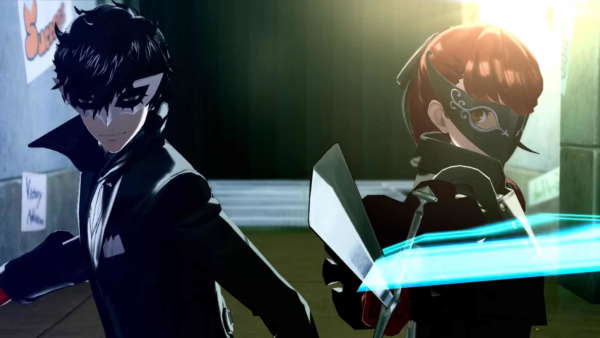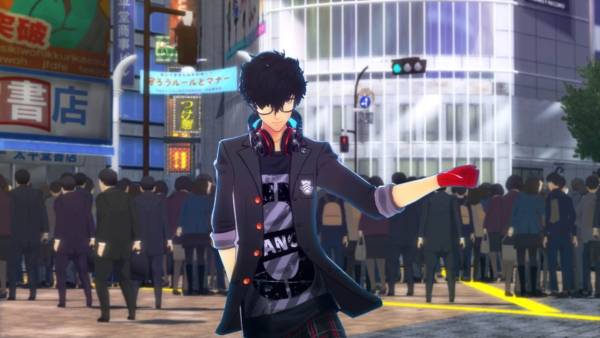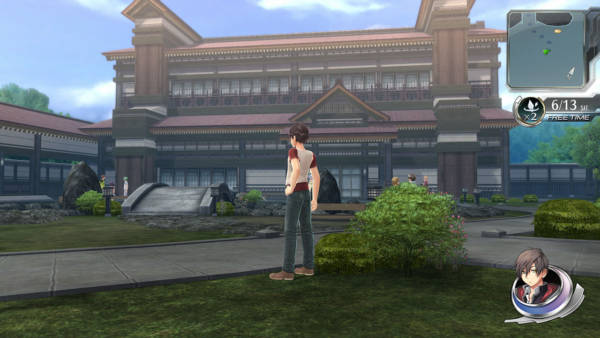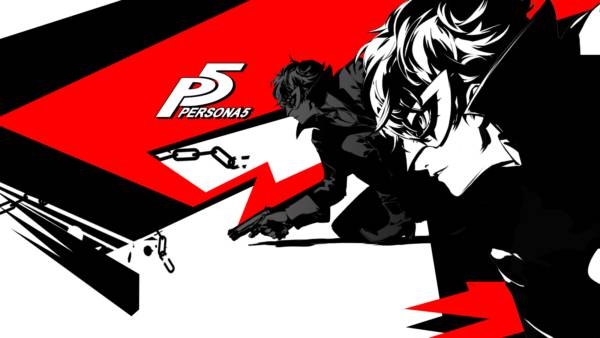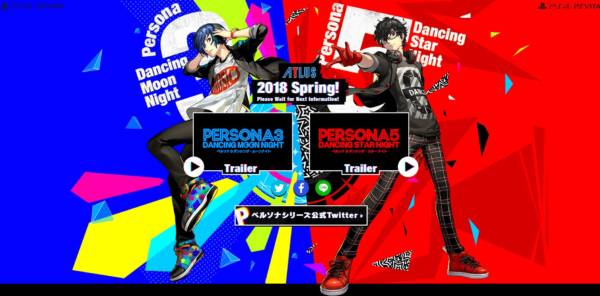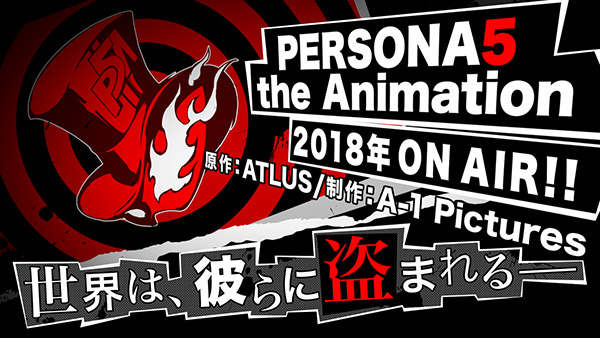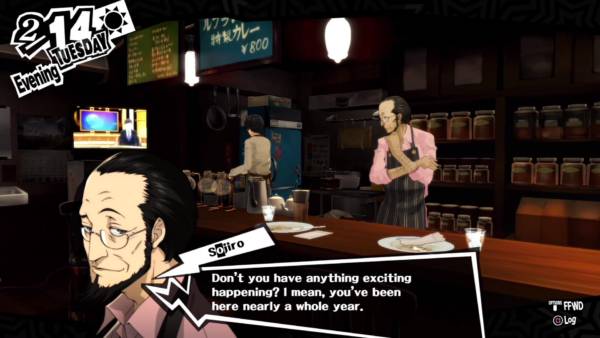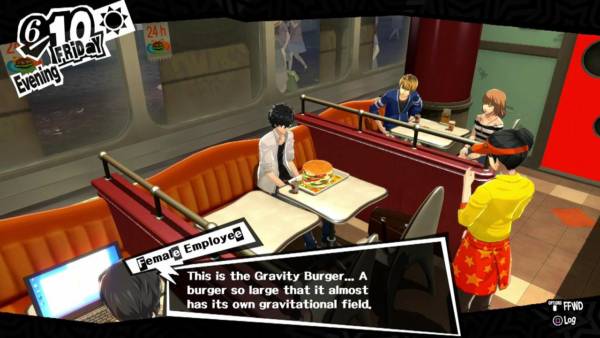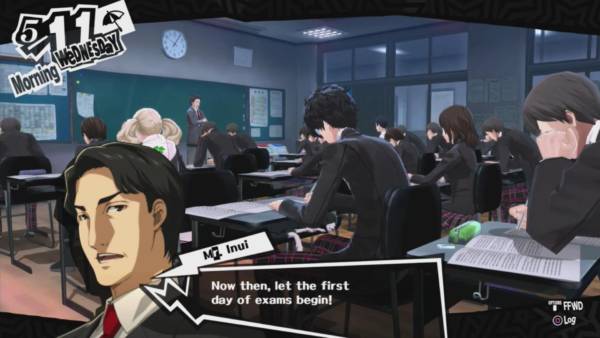Back in the mid 90’s, Japanese developer Atlus decided to develop a mainstream role playing game series that would spin off from their Shin Megami Tensei franchise, which began in 1987 with Digital Devil Story: Megami Tensei for the NES. They decided to set this series in a high school, as the setting had proved popular in previously released titles. In September 1996, the first game in the Persona series was launched for the Sony PlayStation, and received an international release three months later. With Persona 5’s Japanese release just around the corner, and the English localisation only a few months away, we decided to revisit the previous games to see how Persona has changed in its twenty years in existence, and what we can expect to see in the latest instalment.
Shin Megami Tensei: Persona (1996, 2009)

Originally titled Megami Ibunroku Persona in Japan, and Revelations: Persona in the American translation, the debut of the Persona series was a strong one when released on the PlayStation. After taking part in a mysterious game, a group of high school students are shocked to discover that the real world has become overrun with demons, and they now have the ability to summon a supernatural creature known as a Persona, which is born from their alter ego.
The first game in the Persona franchise was the only entry in the series to feature a battle system that only allowed certain characters to attack if they were in range of the opponent. It also introduced elements such as the Velvet Room, where the player can fuse Personas together, the ability to negotiate with enemies to gain new Personas and items and the option to give each playable character a selection of Personas to take into each battle.
The initial English version of the game was altered dramatically. All the main characters names were changed, all references to Japan were removed and the visual appearance of the main heroes was altered to suit what an American audience would imagine is a representation of teenagers. In 2009, the game was remade for the PSP, with a translation that remained faithful to the original game’s content. For reasons unknown, the game was never brought over to Europe.
Persona 2 – Innocent Sin and Eternal Punishment (2000, 2011)

For the second entry in the series, the story was divided into two separate games that are set in parallel universes. Like the original Persona, both Innocent Sin and Eternal Punishment were remade for the PlayStation Portable in 2011. Released in 2000 for the PlayStation, Persona 2 had a very unusual release schedule. Innocent Sin never came to America on PlayStation, but did receive an English translation for the PSP. Eternal Punishment came to the PlayStation, carrying on the same story elements from Revelations Persona, but the PSP port never came to Western shores.
The first, Innocent Sin, followed the exploits of Tatsuya, Ginko and Eikichi, three high school students who are able to wield a Persona after a mysterious event. They learn that an evil being known as Joker is making rumours become reality, and stealing the souls of anyone who dials their own phone number without speaking a wish to be granted.
Eternal Punishment follows the story of three adults named Maya, Ulala and Katsuya, along with Tatsuya who has slipped through from Innocent Sin’s universe. In this world, if someone rings the Joker, they can request for someone to die and he will perform the deed. Both Innocent Sin and Eternal Punishment use the same Velvet Room and Negotiation systems from the original game, but the battle system has altered to allow any character to attack any opponent currently on screen. Once again, Europe was left in the dark. But things would change with the arrival of the next entry in the series.
Persona 3 (2006, 2007, 2010)

The arrival of Persona 3 was a defining moment in the Persona series. The negotiation mechanic to gain new Personas was removed, and was replaced with the Social Link system that would become one of the series hallmarks. The third entry in the Persona series was the first to receive two director’s cut styled remakes, first with Persona 3 FES for the PS2, then Persona 3 Portable for the PSP.
After being enrolled at a new high school, a young orphaned teenager awakens to the power of a Persona. Along with a wide variety of fellow students and other beings such as a dog and a sentient robot, he fights to vanquish the Dark Hour, a hidden time between one day and the next, and a mysterious shape shifting tower known as Tartarus. As time goes on, you discover that there is an organisation plotting your demise, and that the closest people to you can often be the most dangerous of all.
Another major change to the formula was the introduction of the calendar system, where certain events would take place only on specific days. In order to proceed effectively, you had to manage your time carefully to ensure that you could level up your characters, attend various classes, build your social links through visual novel style interactions and complete the side quests that are provided via the Velvet Room. The two remakes provided additional content such as new Social Links, whilst the PSP remake included the option to play as a female Protagonist, and reintroduced direct control of your team mates after the original versions of the game did not include it as a standard feature.
Persona 4 (2008, 2012)

Originally released on the PlayStation 2, Persona 4 was the entry that drew the series into the spotlight. The tone of the game was much lighter than the darkness that was present in Persona 3, and centred around a young teenager who has transferred to the country town of Inaba while his parents are overseas. Although things seem relatively simple at first, a series of mysterious murders along with the rumour of a TV channel that predicts your soul mate create chaos within the relatively normal town. After awakening to a Persona, the Protagonist and his new classmates journey into a parallel world so they can reach out to the truth behind the supernatural events.
Although many of the battle mechanics have remained similar to previous Persona games, Persona 4 re-introduced the ability to control your party member’s actions, and made it so the weather would affect the enemy encounters you meet inside the dungeon areas. Several mini games were also introduced, such as the fishing side quest, and the ability to catch bugs in certain locations around Inaba once you have obtained a net.
Like its older brother, Persona 4 also received an enhanced remake. Persona 4 Golden for the PlayStation Vita expanded the storyline by two months, included two exclusive Social Links and a bonus dungeon that could only be accessed by meeting specific criteria. It was also possible to use the PlayStation Network to receive help from other players using the new Vox Populai feature, by seeing how many people did a specific action on a particular day.
Persona 5 (2016, 2017)
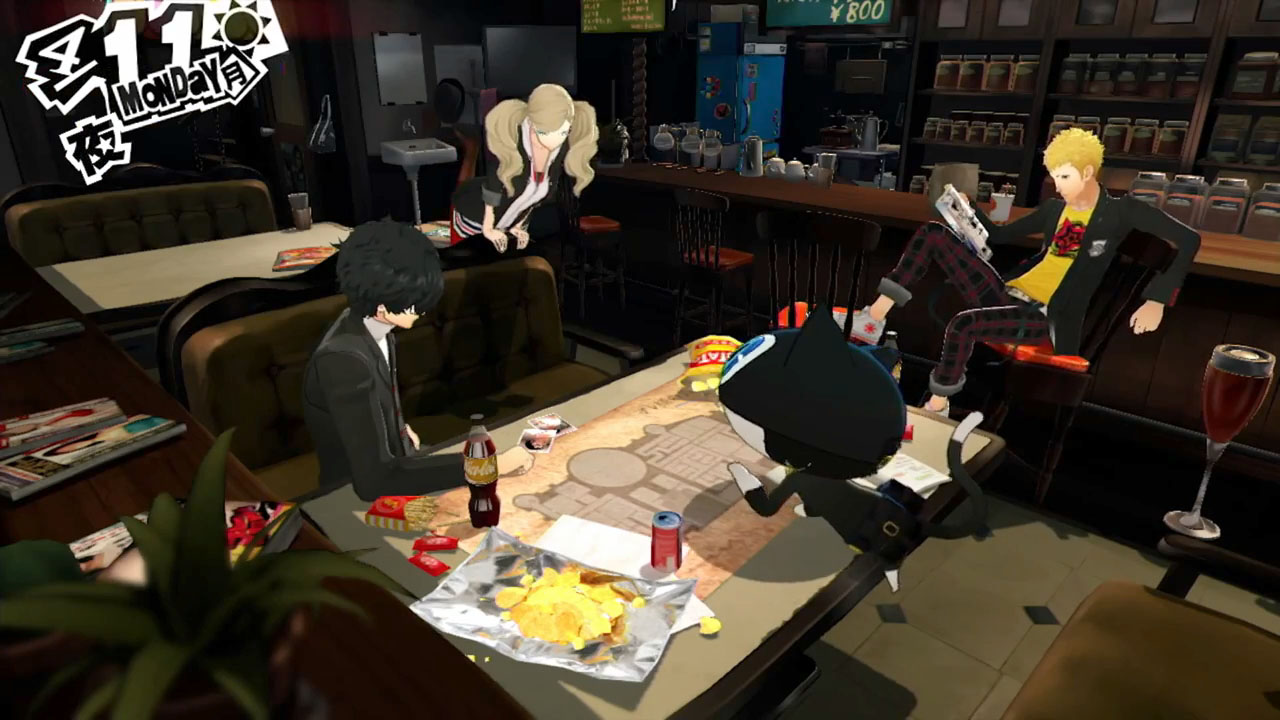
After nearly ten years, the five main entry in the Persona series will arrive on the PlayStation 3 and PS4. Persona 5 is the first game in the franchise to be set in a real world location, so anyone who has visited the Japanese town of Shibuya will have a small advantage over other players when it comes to navigation. After being placed on parole for defending a woman from being abused by her husband, the Protagonist of Persona 5 is sent by his parents to live with a family friend in Shibuya. Determined to break free from his injustice, he joins with a group of fellow students to become Phantom Thieves, who reform criminals by entering a parallel world formed by human emotion known as the Palace and defeat the negativity which resides in their hearts.
The battle system for Persona 5 remains essentially the same, although the Negotiation system makes a welcome return to allow you to recruit new Personas to your team. Stealth and evasion are key to proceeding through each Palace, but it is necessary to defeat the enemies in order to become powerful enough to defeat the evils that lurk inside each of the target’s psyches. Several side quests have been introduced in the form of Mementos, which provide an almost infinite supply of dungeons to defeat, providing you can locate the culprit.
At this point, it is not possible to say whether Persona 5 will receive an expanded remake in the future, but with the advent of downloadable content, it is highly probable that if there is additional dungeons and story content provided in the future, it will be through the PlayStation Store, rather than through an entirely new product. If you are curious about what the newest game looks like, be sure to watch the latest trailer that has been officially released by Atlus.
Do you have a favourite moment from the Persona series, and which Persona would you wield if you were given the choice? Let us know what you think in the comments below.
